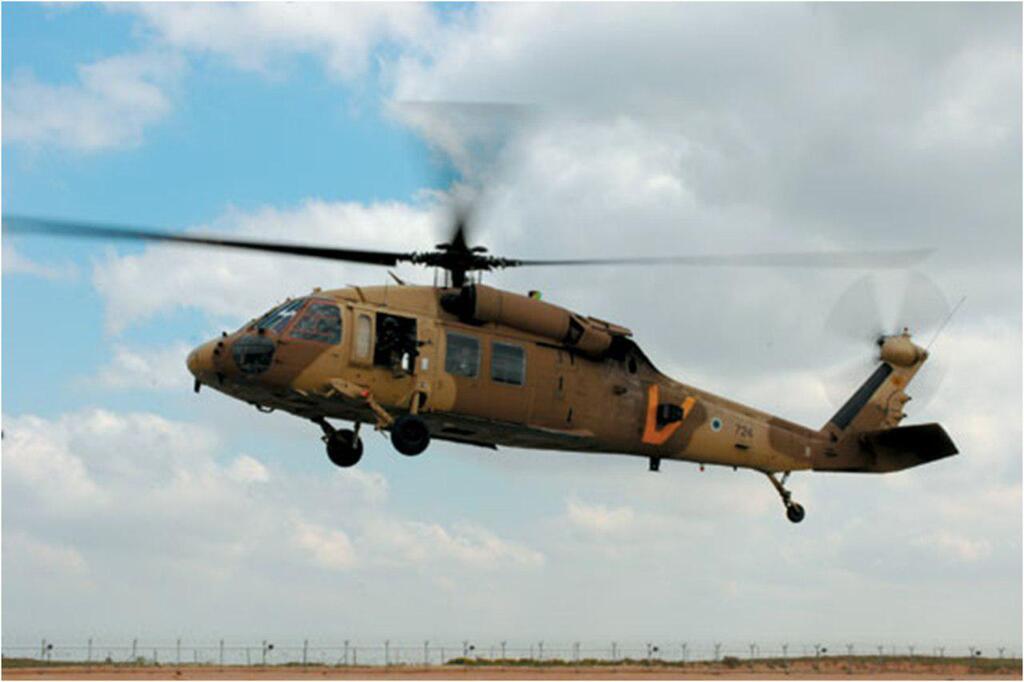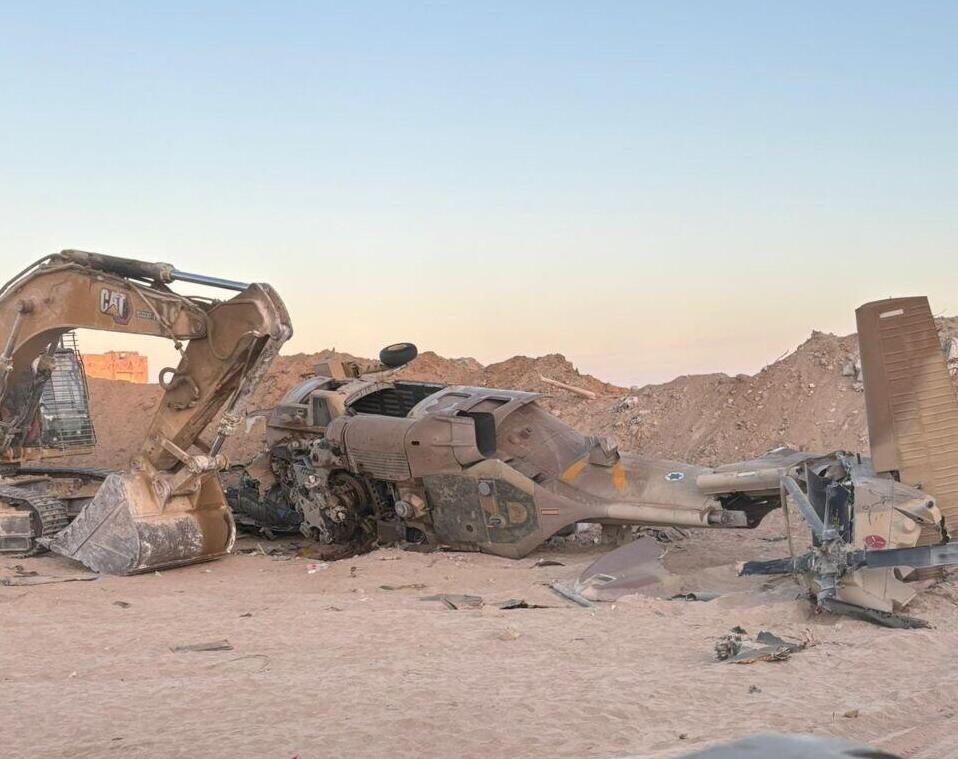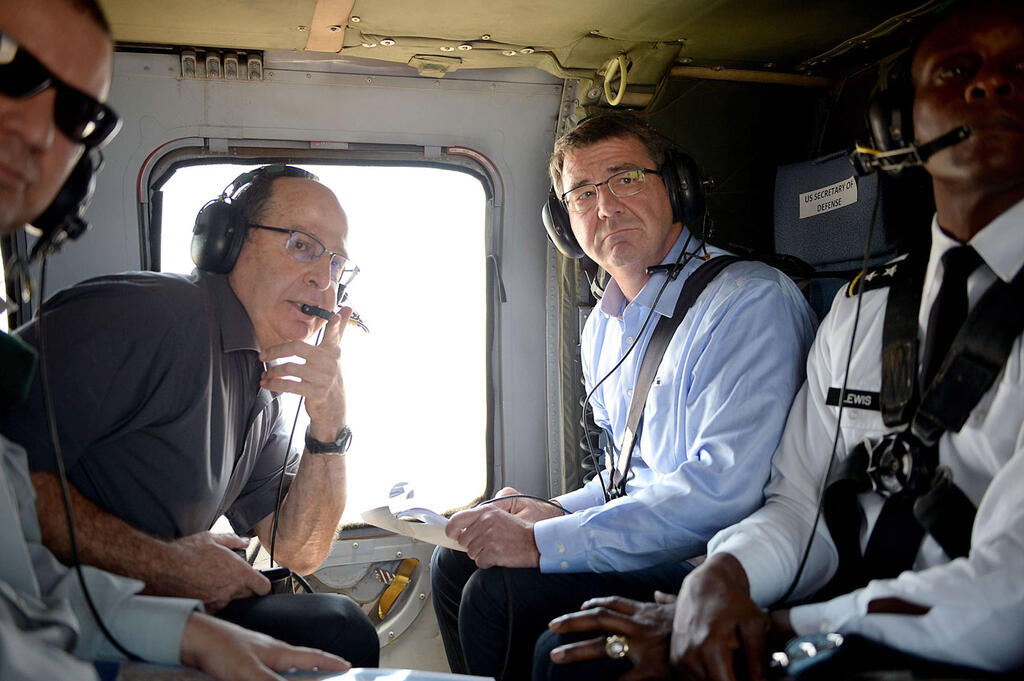A Black Hawk UH-60 helicopter that crashed in Gaza overnight Wednesday had been in service with the IDF since 1994.
The crash marks the first helicopter accident since the start of the war, as well as the first operational crash involving the Air Force’s Black Hawk fleet, whose pilots have been flying nonstop since the war began on October 7. The fleet has been instrumental in evacuating nearly 2,000 wounded soldiers, most of them from battles in Gaza.
The Black Hawk, known as the “Yanshuf” in Israel, is used for medical evacuations and transport missions. The Air Force describes it as highly survivable. In 2003, a Black Hawk carrying then-IDF Chief of Staff Moshe "Bogie" Ya'alon collided with a flock of gray cranes while flying along Israel’s coast, but the helicopter landed safely despite the collision injuring one of the pilots.
According to the Air Force, the Black Hawk’s powerful engines and high carrying capacity make it ideal for complex rescue and transport operations. As early as 1983, the Israeli Air Force began evaluating the Black Hawk as a replacement for the older Bell 212 helicopters. In 1994, ten Black Hawks were delivered to Israel as part of a security package tied to the Oslo Accords. These helicopters were upgraded with new systems to meet Israeli operational needs.
The fleet saw its first combat deployment during Operation Grapes of Wrath in 1996, completing numerous missions in challenging night and weather conditions. In 2000, Israel purchased an additional 24 Black Hawks from Sikorsky, and by August 2002, the Desert Birds squadron was officially operational.
The Black Hawk is used by over 30 countries, with several variations developed by the United States, including medical evacuation and long-range rescue versions, as well as an electronic warfare model.
The crash overnight claimed the lives of two Air Force reservists from Unit 669, Sergeant Major (res.) Daniel Alloush, 37, from Tel Aviv-Yafo, and Sergeant Major (res.) Tom Ish-Shalom, 38, from Nes Harim.
Lt. Col. A., the deputy commander of the 123rd Squadron, was critically injured and trapped in the cockpit for several minutes before being rescued by 162nd Division troops. Also injured in the crash were a reserve pilot, a flight mechanic from the 123rd Squadron, a reserve doctor and another Unit 669 soldier.
A combat engineer soldier, who the helicopter crew had been attempting to rescue after he was shot—likely by a Hamas sniper—was also critically wounded in the crash. The initial probe suggests the crash was caused by a technical malfunction or human error, not enemy fire.
Soroka Medical Center reported that most of the injured sustained severe and complex injuries and are undergoing surgeries. The critically injured are being treated in intensive care, though none are in immediate life-threatening condition. One soldier, who was moderately injured, is being treated in the orthopedic department.





